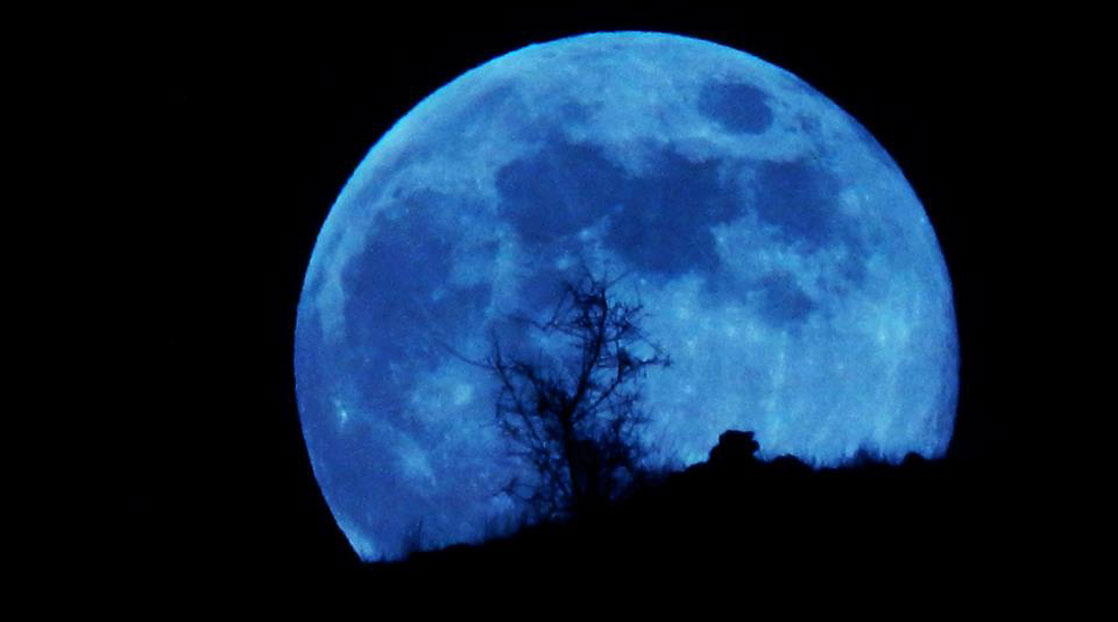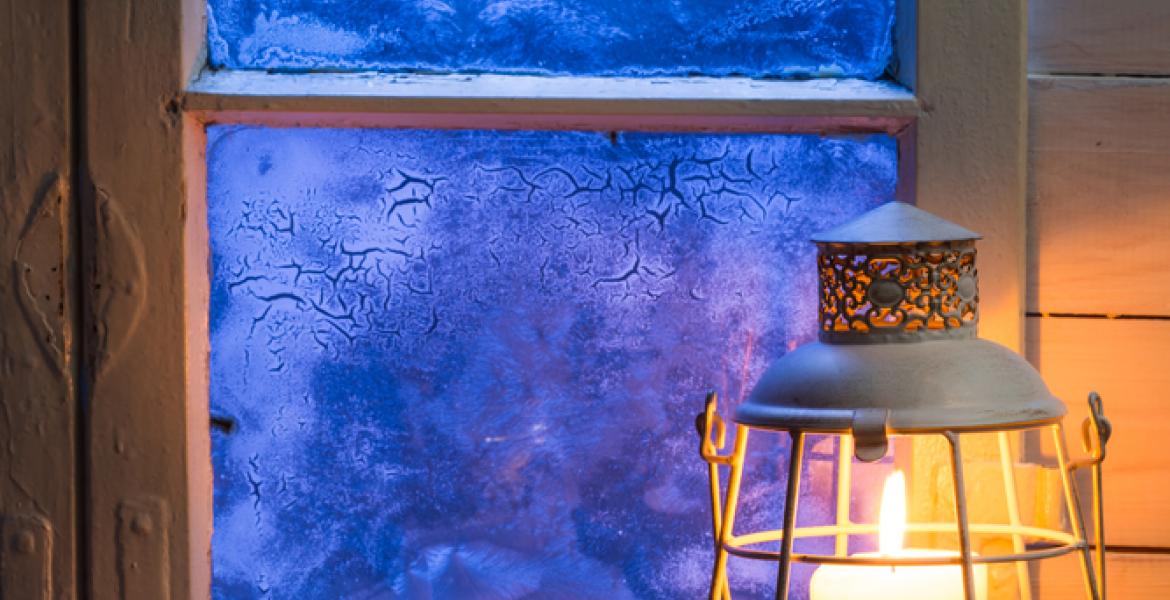San Angelo, TX – For the first time since 1944 the sky on Halloween night will be illuminated by a full moon. Despite common illustrations depicting full moons and Halloween, the occurrence of a full Moon on Halloween night is actually not as common as portrayed, and really only happens about once every 18 to 19 years.
Throughout October viewers in North America, including west Texans, have experienced a special lunar event where the month has seen two full moons, including the Harvest Moon and the Hunter’s Moon.
Typically, the Harvest Moon would occur in September followed by the Hunter’s Moon in October, however this year the month of October will be seeing both, with the first being on the 1st and a second on the 31st. This means that both the Harvest Moon and the Hunter’s Moon will occur within the month of October, which is why the Hunter's Moon has been dubbed as the Blue Moon.
What is a Blue Moon?
There are two definitions of the term 'Blue Moon' that are commonly used today:
- Seasonal Blue Moon: An extra full Moon that occurs within a specific astronomical season. One season, which is defined by the dates of the solstices and equinoxes, typically has three full moons occur within the season. However, if the season happens to have four full moons instead, then the third full moon (not the fourth) in the season is typically referred to as a Blue Moon.
- Calendrical Blue Moon: The second full moon to occur within in a specific calendar month. It takes our Moon roughly 29.5 days to complete one full cycle of phases (from new Moon back to new Moon), so if a full Moon happens to occur on the first of the month, it will be by followed by a second full Moon, AKA a Blue Moon, at the end of the month except in the month February.
Although the latter definition is the more commonly used term today, the former term actually came first as a misinterpretation of the seasonal definition sometime back in the 1940s. Eventually this error gave way to the more commonly used calendrical definition, which was later popularized in the 80s and has stuck around within the media ever since.

How Often Do Blue Moons Occur?
- Since the Moon’s period of phases is 29 ½ days, while months usually have 30 or 31 days, it’s obvious that if a full Moon lands on the first day of any month except February, it will repeat again at the end. This means that most months have one full Moon, not two.
- As it turns out, calendrical Blue Moons typically happen about once every 30 months or so on average, or roughly every two and a half years. Seasonal Blue Moons also occur at a similar rate, but about once every two to three years.
When to See the Blue Moon:
- Viewers should venture outdoors on the night of October 31, 2020, to catch a glimpse of the Hunter’s Blue Moon! This full Moon will reach its peak illumination around 10:51 A.M. EDT on Halloween morning, but will also appear full that evening as well.
When is the Next Blue Moon?
- The next seasonal Blue Moon will occur on August 22, 2021, as the third full Moon in a series of four within the season.
- The next calendrical Blue Moon will happen on August 30, 2023, as the second full Moon of the month.
Subscribe to the LIVE! Daily
Required






Post a comment to this article here: